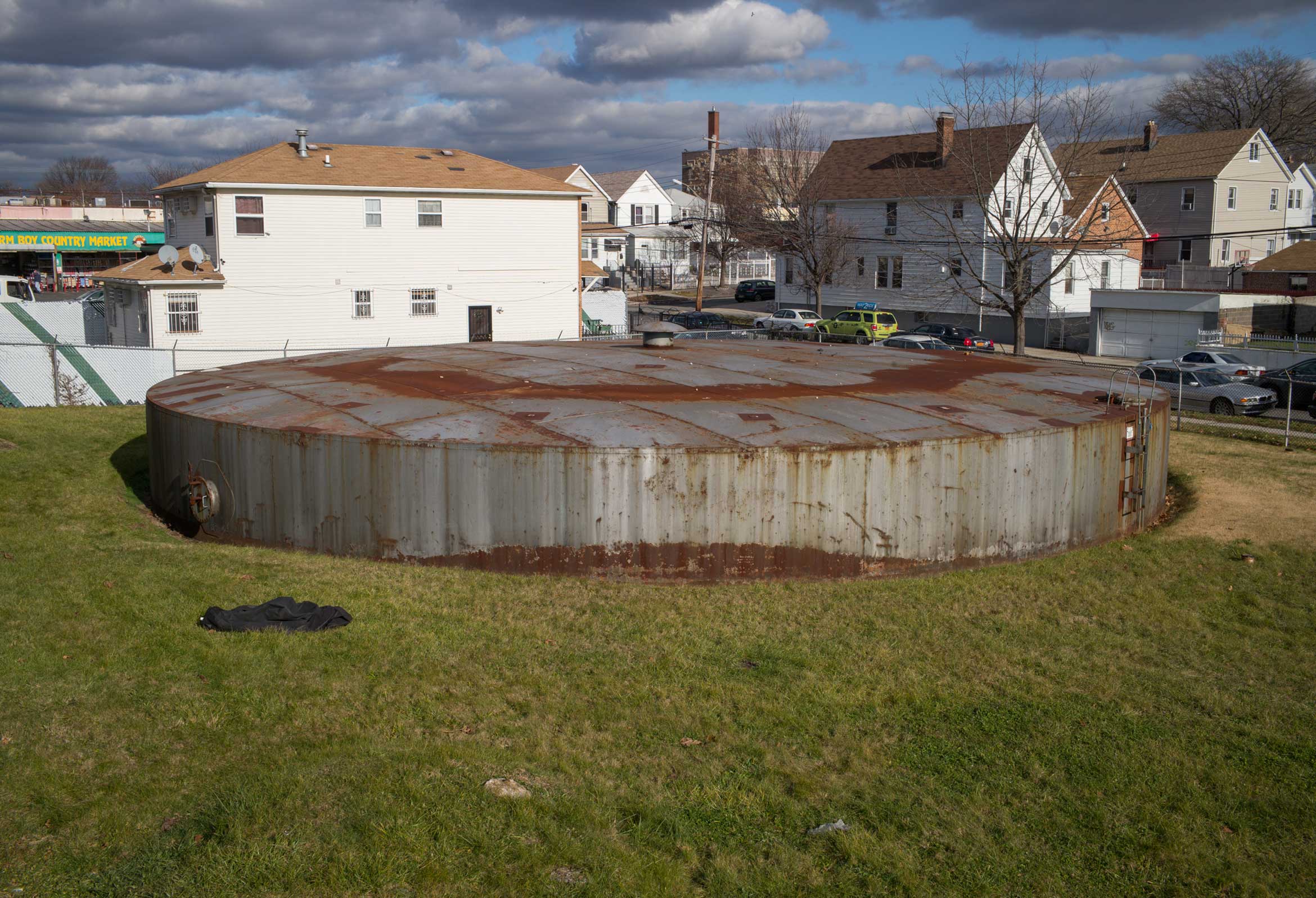Underexposed
Photographer Stanley Greenberg’s monthly dispatches trace the myriad paths of the city’s infrastructural networks in great breadth and close detail.
We are celebrating 15 years — and counting — of stories that are deeply researched and deeply felt, that build a historical record of what the city has been.
We think of New York City’s water supply as uniform across all five boroughs, but some areas of the city relied on privately-provided groundwater long after the inauguration of municipal service. The last remaining private company supplied a five-and-a-half mile swath of southeastern Queens. Starting in 1887, the privately-operated Jamaica Water Supply Company (JWS) was granted authority to drill, pump, and sell water to local residents from the Brooklyn Queens Aquifer. But, in its final years, this for-profit model had customers paying 40 percent more than municipal customers for water already plagued by constant quality complaints. By 1996, New York City’s Department of Environmental Protection (DEP) responded by purchasing the network of groundwater supply wells. In 2007, the entire system was taken offline.
A major leak in the Delaware Aqueduct — the source of approximately half of New York City’s drinking water — inspired discussions in 2015 to re-open the JWS wells to meet the city’s drinking water demand during repairs. (A short tunnel is now under construction to bypass the leak.) The DEP eventually turned away from this proposal for reasons unknown, but many suspect the decision was based on growing concerns about contamination of the Queens aquifer. In the meantime, the groundwater table in the area continues to rise to its former level. The flooding this has caused — not to mention the massive infrastructure now rendered obsolete, like this pumping station and storage tank in South Ozone Park — are reminders of a system that once was.
The views expressed here are those of the authors only and do not reflect the position of The Architectural League of New York.
Photographer Stanley Greenberg’s monthly dispatches trace the myriad paths of the city’s infrastructural networks in great breadth and close detail.

